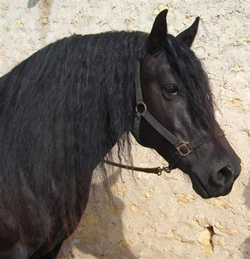
Jade
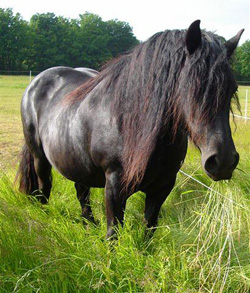
Jade
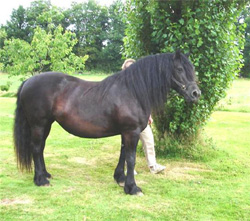
Jade
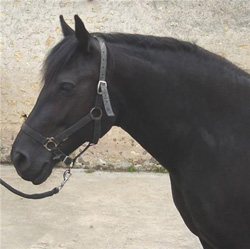
Marquise
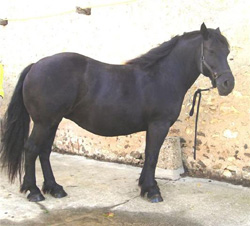
Marquise
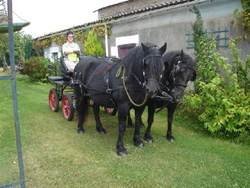

Introduction
I found the inflow to the tarn, a welcome sight on this hot summer afternoon, following the little beck down the fell side it wasn’t long before I arrived at the tarn itself. After a good look around I convinced myself that there was no one else in the area and stripping to my underwear dived into the cold water.
The shock was like being physically punched. On the fellside the heat reflecting back off the rocks was intense but the coldness of the mountain tarn ...
Climbing out I propped myself up against my rucksack and lay in the hot sun to dry off, I rummaged in the rucksack and finding my binoculars began to survey the fellside.
High above me a small herd of red deer, sought shelter from the heat in the shade of a crag, up high on the hill to try to evade the flies, after a while one of Lakeland’s only pair of Golden Eagles hove into view, riding a thermal effortlessly, master of all he surveyed. There corrie was deathly quiet, I moved the binoculars to my right and there they were, a small herd of Fell Ponies, black with shaggy manes and tails grazing the fellside, their tails occasionally switching at the troublesome flies. If you know me or have read this web site you will know of my “soft spot” for Fell Ponies, not the kind that carry Mary and her mother around the Highways and by ways near their stables on a Sunday morning, or parade in the local show’s, although it’s true they too are Fells. My interest lies in the true Lakeland Fell Pony, whose home is the high fell of Lakeland.
There are few herds on the fell now, there is one I know of in Lakeland proper, the others confined to the M6 corridor as it hugs the Shap valley on it’s way to Scotland.
I lay there watching the ponies and began to wonder …
The history of the Fell Pony is as difficult to unravel as that of the fox traps elsewhere on this site. They have played a major part in Lakeland history for centuries, carrying slate and ore from the quarries and mines to the coastal ports, and leaving tantalizing clues to their passing such as Ore Gap near Great Gable. For centuries they were the only source of transport for goods over the high fells and the men and women who led them a major source of news and information to the inhabitants of the remote valleys. In later years they carried tourists to the summit of some of the major mountains, a profitable pastime, in so much as specially constructed paths were built, for example to the side of Rossett Ghyll in Langdale.
But where did they originate from? The alleged connection with the Frisian breed is a non starter according to The Fell Pony Society. As I lay there in the hot afternoon sun I continued to wonder.
Recently I became interested in the Mérens horse from France which is approximately the same size and has a resemblance to the Fell Pony, after reading an article in Carriage Driving Magazine and wondered if there is a link between the two breeds. There certainly are similarities between the breeds, and to my untutored eye the Mérens may well have been used and brought over by the Romans.
Caroline Auckland who wrote the original article in Carriage Driving and who owns two Mérens herself, agreed to write a piece about the Mérens which is reproduced below.
The afternoon wore on and I fell asleep, when I awoke, deer, eagle and ponies had all gone, with a sigh I got dressed, picked up my rucksack and headed down the fellside track, towards the car.
www.ansi.okstate.edu/breeds/horses/merens/index.htm
The
Mérens
Horse
(An
ancient
French
treasure)
Caroline
Auckland
I confess that before I moved to France, and despite having been very interested in horses all my life, I had never heard of the Mérens breed. I have, however, made amends for this error and would like to share this treasure with you.
Originally from the Haute Vallée l'Ariège, in the Pyrenees, the Mérens breed are said to be the horses portrayed in cave drawings (about 13,000 years ago). They are traditionally raised in herds on the Pyrenees, and have many excellent qualities:
Hardiness
–
they
can
live
in
different
climates,
although
being
black
they
prefer
a
cool
climate
to
a
hot
one.
Agility
and
sure
footedness
–
essential
for
the
steep
lanes
up
to
the
summer
pastures;
Docile
&
gentle
–
Mérens
have
always
been
naturally
close
to
humans,
perhaps
due
to
their
long
association.
Endurance;
Generosity;
Gentleness;
Ability
to
learn
very
quickly;
Excellent
memory;
Intelligent.
Their coats, manes and tails are completely black, with no white hairs anywhere, although the coat can have some russet tones during the summer. They stand at 14.2 – 15.2 hands (145 – 155 cms) and are classified as a horse in the breed standard. They do not have ‘feathers’ at their fetlocks, but can have beautiful long wavy manes and tails.
Mérens have had great success with disabled riders/drivers, and a number of centres for Equitherapy in France have Mérens.
Mérens have been successful in winning titles in vaulting and carriage driving these past years and regularly win championships. They are Champions in Driven and Ridden Le Trec competitions. They have been selected for the next French Championships for Junior Horse Endurance.
IN CONCLUSION: The Mérens are strong; compact; noble and the very best of companions!
If you would like to find out more about the Mérens and meet Jade and Marquise, Caroline and her husband, Simon, offer gîte holidays in south west France, near Poitiers - have a look at their web site www.leflouzet.info
The above article was submitted to The Fell Pony Society for comment. Sue Millard, Newsletter Editor, requested I add the following, which I am happy to do.
"For a discussion of a variety of theories about the ancestry of our Cumbrian Fell ponies, see the Fell Pony Museum site.
"According to Jansen & Thomas's mitochondrial DNA study of 652 horse mtDNA sequences, the Fell is most closely related to another ancient British breed, the Exmoor pony (Jansen, Thomas et al. (2002) Proc. Natl. Acad. Sci. USA 99, 10905-10910)."
For those interested, her book Hoofprints in Eden is a worthwhile read.